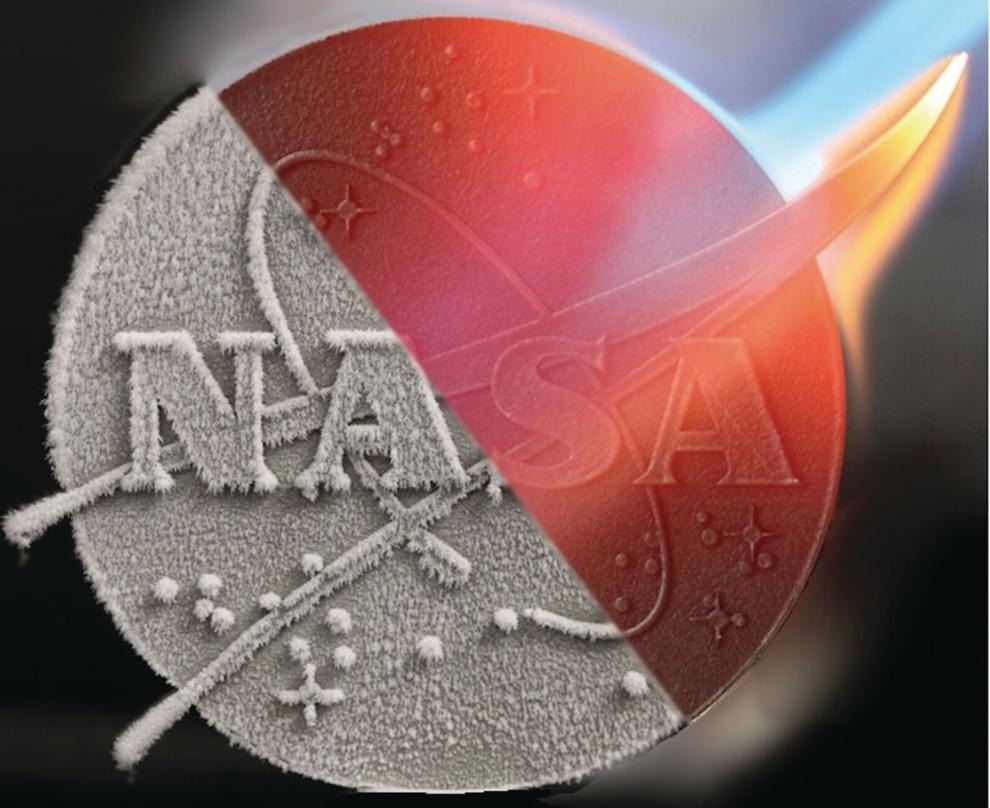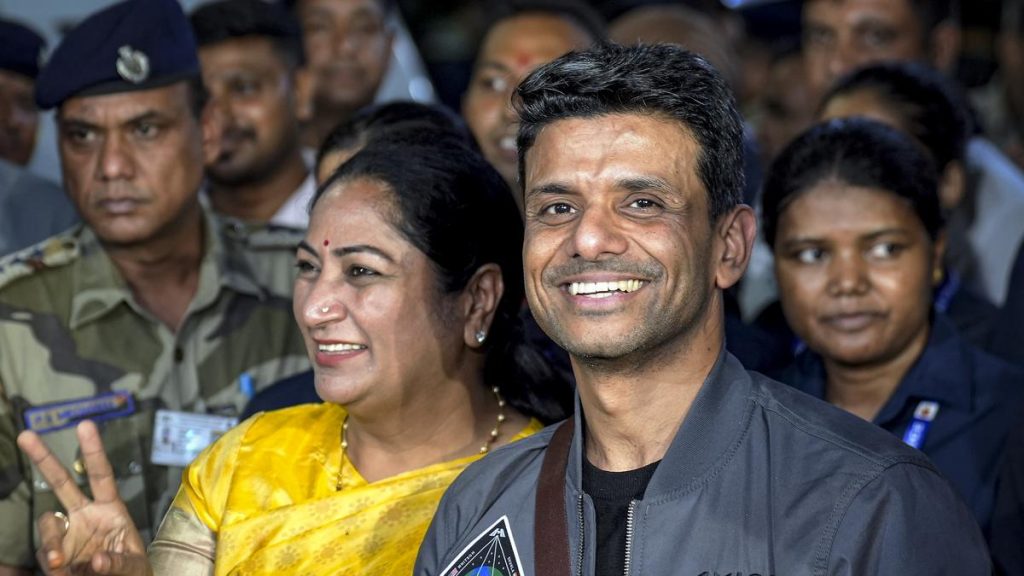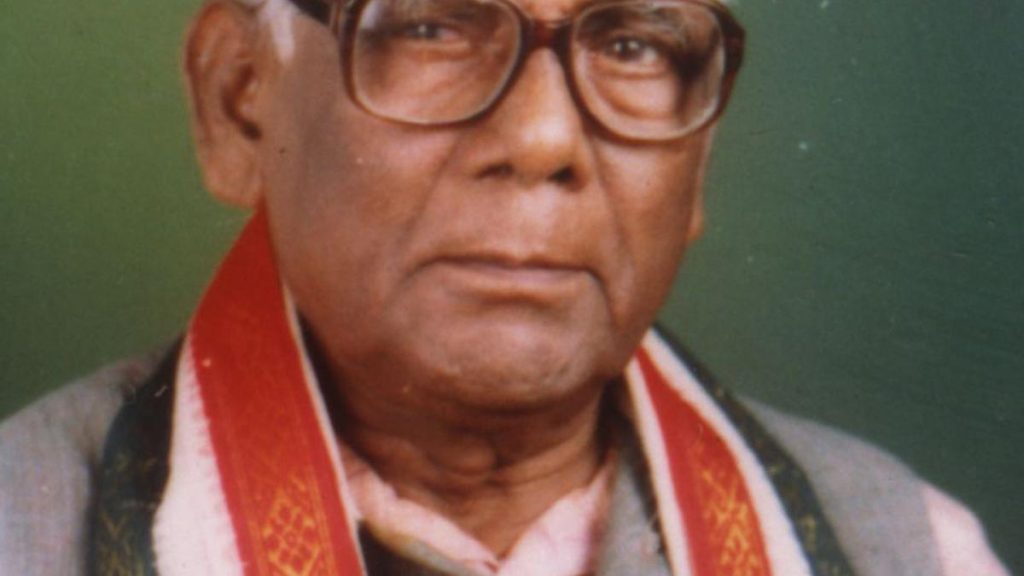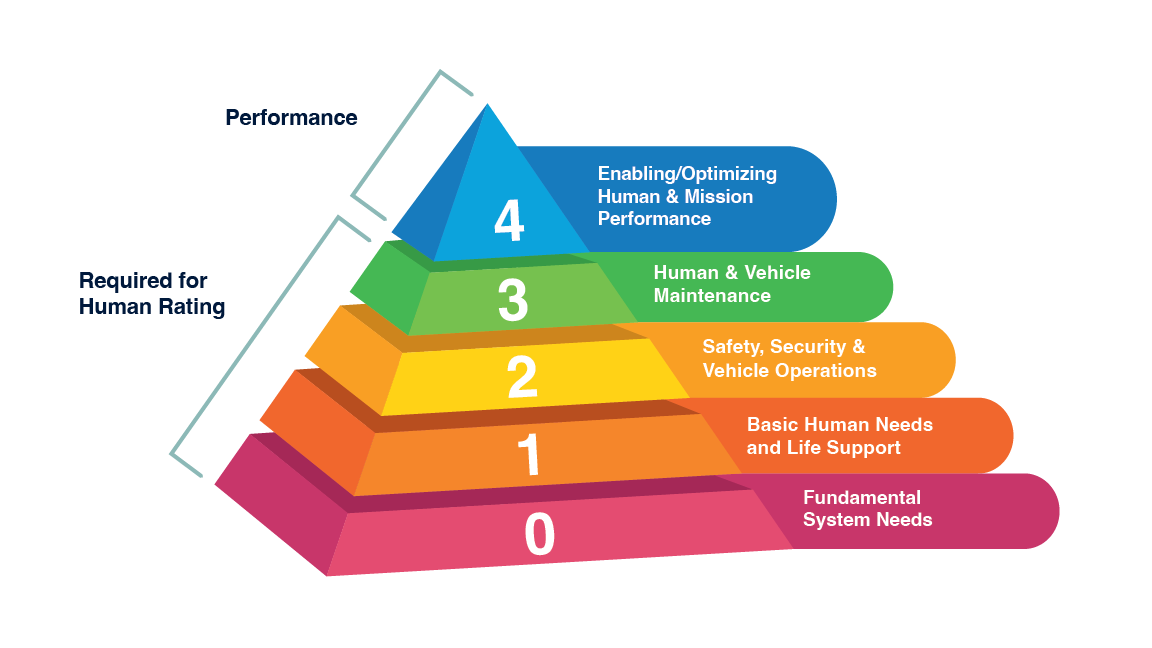Now Reading: NASA Unveils Heat-Resistant Printable Metal Technology
-
01
NASA Unveils Heat-Resistant Printable Metal Technology
NASA Unveils Heat-Resistant Printable Metal Technology

Fast Summary
- NASA’s Glenn Research Center has developed a new metal alloy, GRX-810, designed specifically for additive manufacturing and extreme conditions like spaceflight.
- The primary components of GRX-810 are nickel, cobalt, and chromium. It uses oxide dispersion strengthened (ODS) technology to enhance heat resistance and durability.
- A specialized resonant acoustic mixing technique was employed to efficiently coat powdered metal particles with nano-oxide ceramics. This ensures that the alloy’s properties remain consistent even after being reused.
- GRX-810 can withstand temperatures up to 2,000°F under heavy stress for extended periods-lasting over a year compared to hours for other affordable alloys-and allows more complex 3D shapes compared to conventional methods of manufacturing.
- Elementum 3D holds a co-exclusive licence with NASA for its patented alloy production process and collaborates under a Space Act Agreement to improve GRX-810’s capabilities further.
- Applications include commercial space exploration and aviation sectors testing the alloy in components such as flow sensors that monitor turbine gas speeds-a breakthrough expected to improve fuel efficiency, reduce emissions, and minimize hardware replacements.
Indian Opinion Analysis
NASA’s advancement of GRX-810 marks an crucial achievement in global advancements in materials science aligned with challenging industrial environments such as space exploration or aviation engineering.While India is advancing steadily in aerospace technology through collaborations (e.g., ISRO missions), access or partnerships on cutting-edge innovations like this metallic alloy could be beneficial given its dual submission potential across scientific research institutions and private industry sectors (like turbine designs). For local push toward sustainability goals-such as reducing emissions via advanced engineering-the focus globally suggests Indian initiatives might capitalize through similar public-private partnerships ensuring longevity among component use amid diverse climate extremes ultimately local affordability gaps likely need tackling boundaries yet positive knowledge spillovers sources players now!

























